Migrating warblers are rays of sunshine
I’ve been fascinated by birds from the time I was a little kid growing up in Pennsylvania. I was especially fond of a beautiful yellow bird that reappeared every spring in my hometown who most folks called a “Wild Canary”. In another area of the state people called it a “Summer Yellow Bird”. Since those early days I have found out that this bird belongs to a class of birds called Warblers and wasn’t, as I thought, an escaped pet shop canary that had gone “wild”. On close inspection you will find that his yellow breast is streaked with rusty red unlike a pet canary’s plain yellow breast.
Another warbler that is now named the “Yellow-rumped Warbler” was once called “Myrtle Bird” and is sometimes confused with the American Goldfinch. The Yellow-rumped Warbler earned the name of Myrtle Bird (then later Myrtle Warbler) because of its fondness for Bayberries, which were formerly known as Myrtle Wax berries. Yellow-rumps are the first of the warblers to arrive in the spring and next to Yellow warblers, are the most abundant in numbers. The Yellow Warbler prefers shrubby, second-growth areas and can be found close to human habitats like garden shrubbery and thickets while the Yellow-rumped Warbler habituates the deeper mixed forests. A good way to distinguish the Yellow-rumped Warbler from other woodland warblers is to remember the number “4”. While most woodland warblers have some combination of yellow, black and/or white on their bodies, only the Yellow-rumped has four yellow spots: one on the top of its head, one on its rump and one on either side of its breast.
Spring migration has begun in earnest and now confident with my “adult” knowledge regarding warblers I visit Round Top Park, one of the best “migrant traps” in our area. Migrating birds use landmarks like Round Top to rest and eat as they head to their breeding territories. If you are lucky to be at the park when a large group of warblers “fall out” (this is bird lingo for a big bunch of birds landing and eating at the same time) you may see as many as ten different species in one tree gobbling up bugs. It was during one of these fall outs that I witnessed one of the largest bands of Yellow-rumped Warblers to hit the park. It was late in the afternoon and warm and sunny so that I wanted to stay and look at just how pretty the river valley below us was. The Yellow-rumps began landing in the tree tops along with many other warblers in what I estimated to be groups of ten. The musical din from the birds calling and singing was so overpowering that even my old dog, Gyp, who is usually more interested in looking for things in the dirt than for things in the air, sat down and just looked up along with me at the show going on in the tree tops. I quit trying to count the Yellow-rumps after I numbered seventy of them. The fallout lasted for little more than an hour and then the birds just trickled off to somewhere else. We were left behind by the gaily-colored warblers until only one song could be heard rising from the woods surrounding the park. It was the softly-warbled twilight song of the American Robins who now gathered in the woods singing their evening chorus.
Birders’ Watch is provided by members of the Naturalists’ Club of Broome County. This column was written by Sara Kinch. For information on the Naturalists Club, write P.O. Box 191, Vestal, N.Y. 13850.
Posted in Birders Watch Columns | Comments Off on Migrating warblers are rays of sunshine
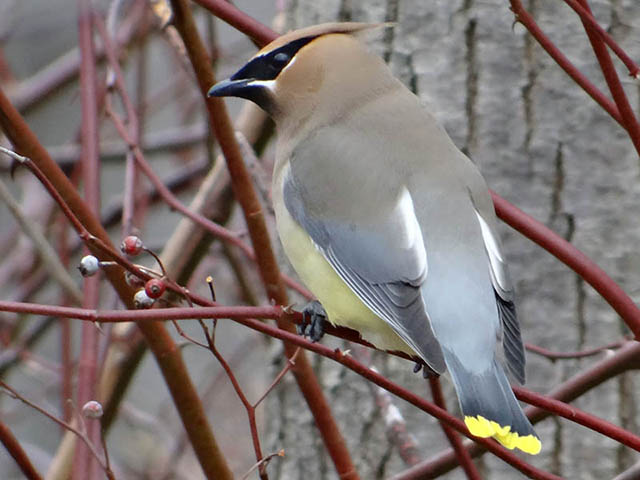
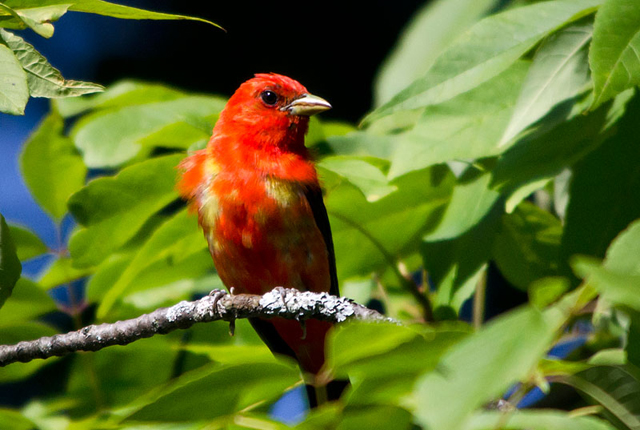
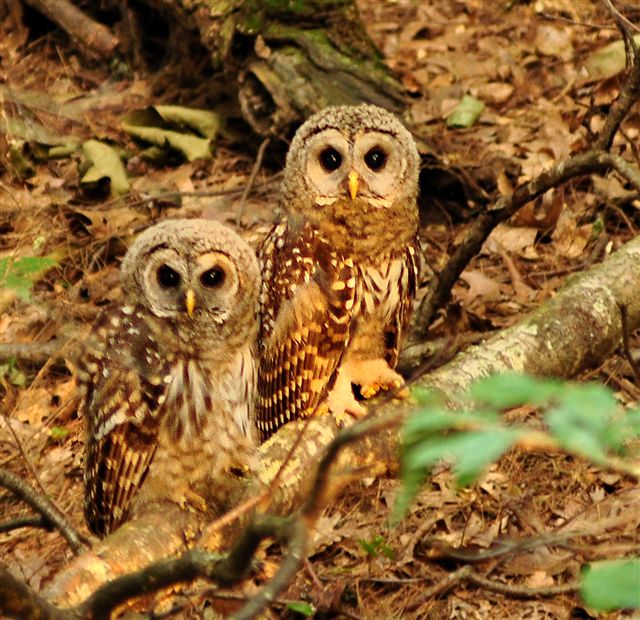
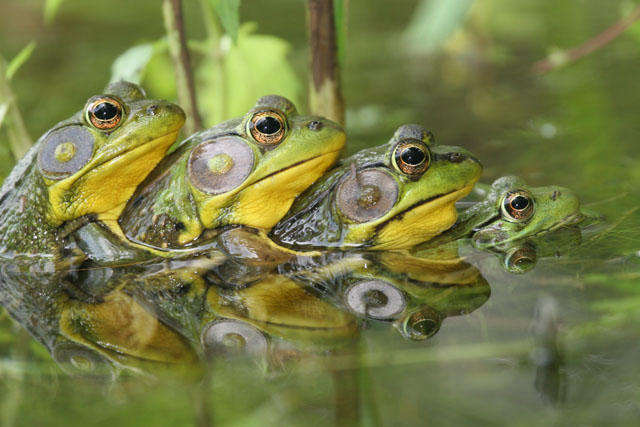
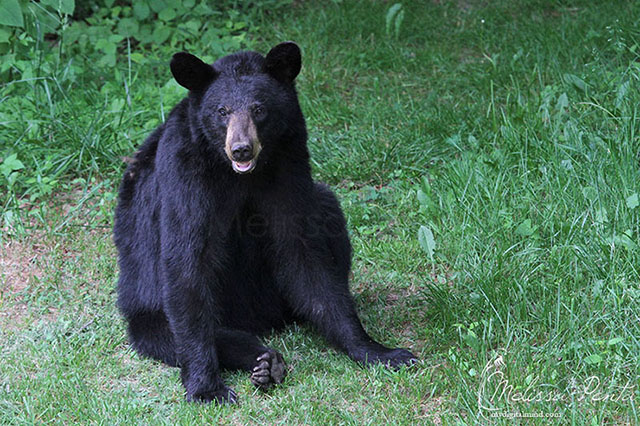
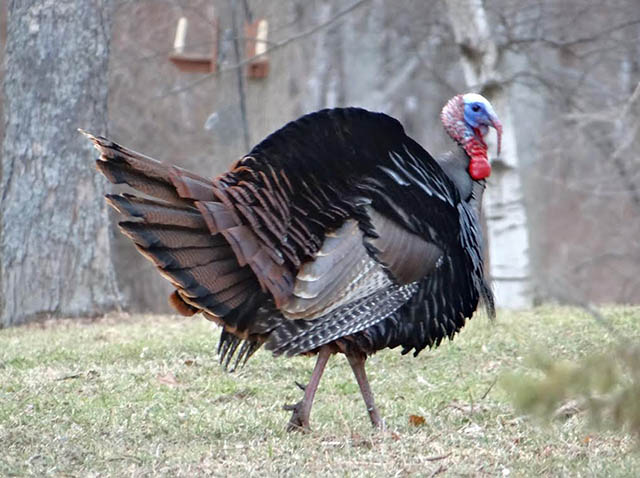
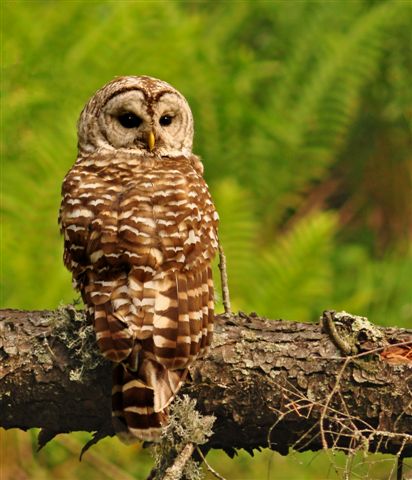
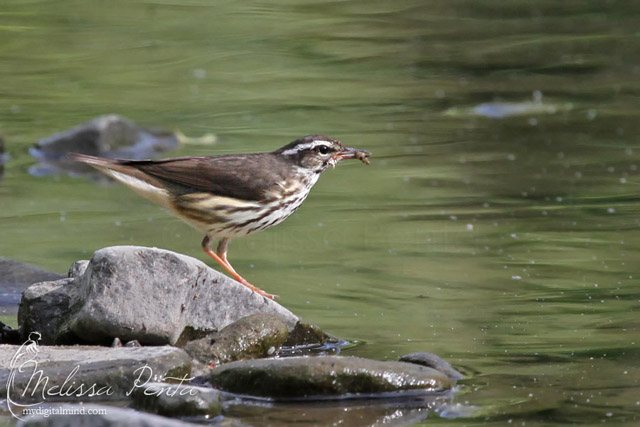
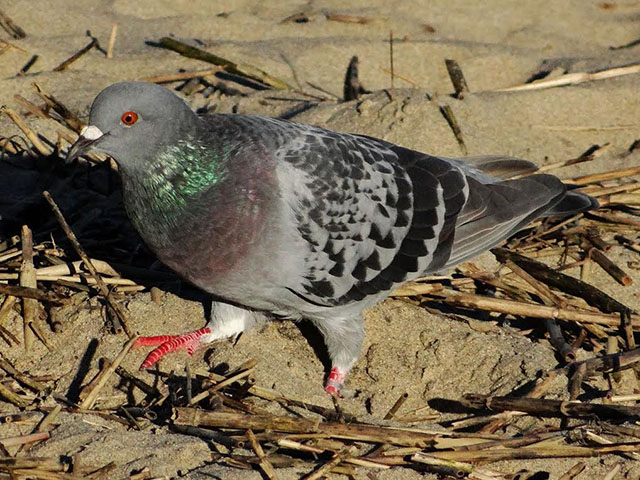
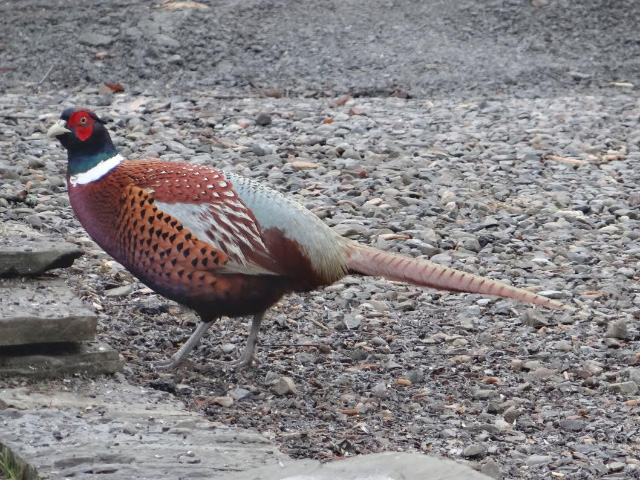
Comments are closed.